Author: Mike Neville
Like many other homebrewers I’ve talked with, one of the main reasons I got into making my own beer was my love of hoppy IPA. Since then, I’ve brewed quite a few different styles and have developed a rather strong liking for pretty much anything refreshing that can be consumed in quantity, though there are certainly times I pine for something with a bit more oomph.
When I think of strong beer styles, classics like Imperial Stout and Barleywine come to mind, both of which tend to emphasize malt characteristics. As much as I enjoy these beers, I rarely felt inspired to make my own versions given my preference for hops, though this all changed when I learned about American Strong Ale, which the BJCP describes as:
A malty, bitter, and strong American Ale fitting in the space between American Barleywine, Double IPA, and Red IPA. The malty and hoppy flavors can be quite strong, but are generally in balance.
Unlike many traditional high strength styles, American Strong Ale not only demands a higher hopping rate, but relies on more modern American and New World varieties, which are among my favorite. Having made a number of big beers using standard methods over the years, I wondered how an American Strong Ale brewed with a less conventional approach would turn out and designed a recipe to see for myself.
| BREWING THE BEER |
For this Short & Shoddy American Strong Ale recipe, I used a combination of malts I know to contribute rich flavor alongside American hops to balance it all out.
Short & Shoddy American Strong Ale
Recipe Details
| Batch Size | Boil Time | IBU | SRM | Est. OG | Est. FG | ABV |
|---|---|---|---|---|---|---|
| 5.5 gal | 30 min | 75.9 | 14.2 SRM | 1.066 | 1.014 | 6.83 % |
| Actuals | 1.066 | 1.014 | 6.83 % | |||
Fermentables
| Name | Amount | % |
|---|---|---|
| Lamonta: Pale American Barley Malt | 13 lbs | 67.75 |
| Munich Malt | 2 lbs | 10.42 |
| Opal 22: Graham and Cocoa Malt | 2 lbs | 10.42 |
| Vanora: Vienna-style Barley Malt | 2 lbs | 10.42 |
| Crystal DRC | 3 oz | 0.98 |
Hops
| Name | Amount | Time | Use | Form | Alpha % |
|---|---|---|---|---|---|
| Chinook | 57 g | 30 min | Boil | Pellet | 12.1 |
| Chinook | 28 g | 5 min | Boil | Pellet | 12.1 |
| Columbus LUPOMAX | 28 g | 5 min | Boil | Pellet | 20 |
| Sonnet | 28 g | 5 min | Boil | Pellet | 5.4 |
Yeast
| Name | Lab | Attenuation | Temperature |
|---|---|---|---|
| Joystick (A18) | Imperial Yeast | 77% | 32°F - 32°F |
Notes
| Water Profile: Ca 160 | Mg 9 | Na 8 | SO4 174 | Cl 164 |
Download
| Download this recipe's BeerXML file |
I started this brew day at 1:31 PM by collecting the full volume of water, adjusting it to my desired profile, and getting it heating up before I moved on to weighing out and milling the grain.
When the water was properly heated, I stirred in the grist then checked to make sure it was at my target mash temperature.
During the mash rest, I prepared the kettle hop additions.
Once the 30 minute mash was complete, I collected the sweet wort then boiled it for just 30 minutes, adding hops at the times stated in the recipe.
At the completion of the boil, I quickly chilled the wort with my King Cobra IC.
A refractometer reading showed the wort was at 1.066 OG, for a brewhouse efficiency of 53%.
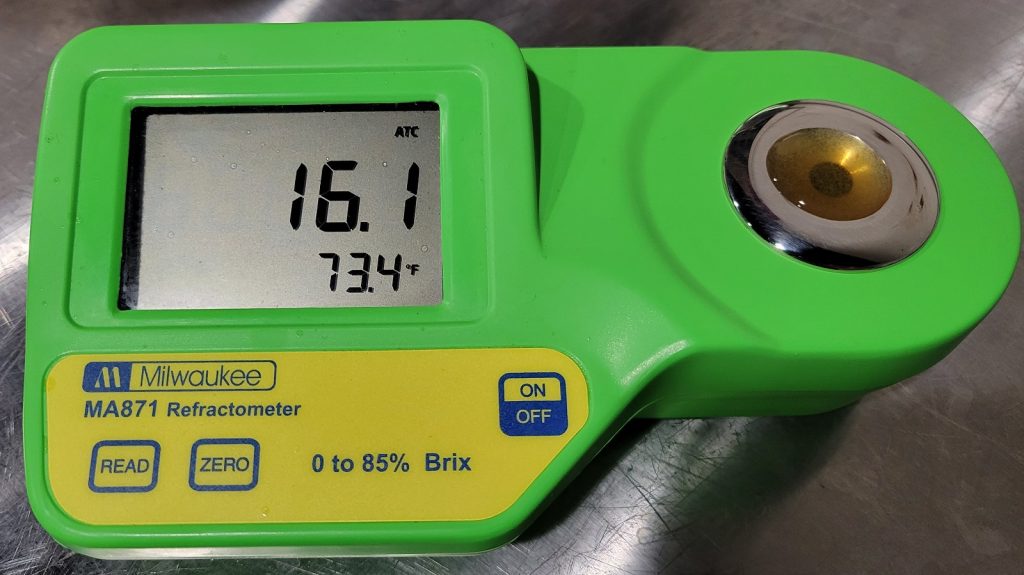
After transferring the wort to a fermentation vessel, I direct pitched a pouch of Imperial Yeast A18 Joystick into the 72˚F/22˚C wort. The time was 3:29 PM, for a total brew day time of just 1 hour 58 minutes.
The fermenter was then attached to my glycol chiller that was set to maintain a consistent fermentation temperature of 68°F/20°C. The beer was fermenting vigorously by the next morning and continued as such for the following few days. Noticing an absence of activity after 10 days, I took a hydrometer measurement indicating FG had been reached.
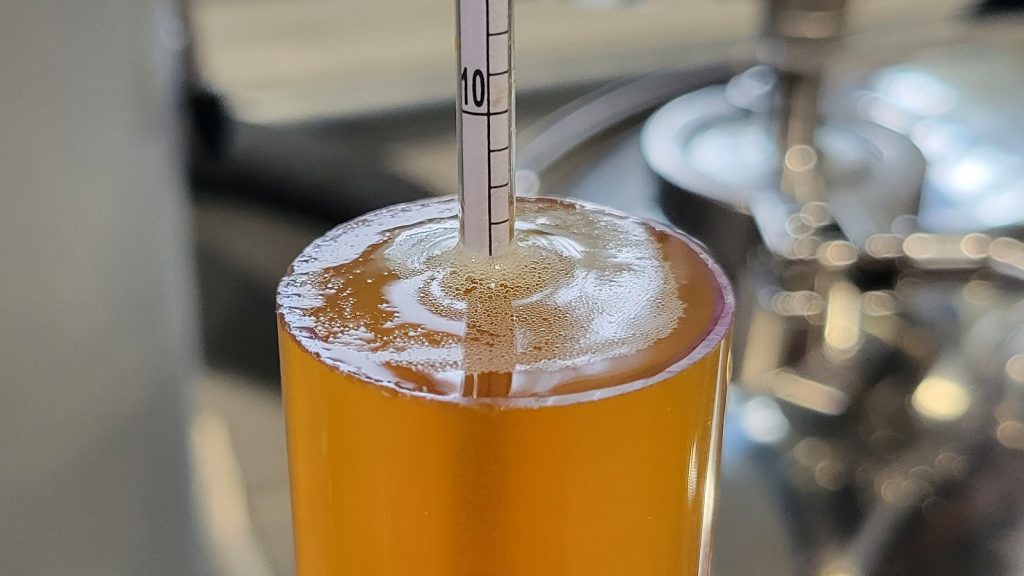
At this point, I cold crashed the beer to 38°F/3°C and left it overnight before pressure-transferring it to a CO2 purged keg.
The filled keg was placed in my keezer and burst carbonated before I reduced the gas to a serving pressure. After a week of conditioning, it was ready to serve to tasters.
| RESULTS |
A total of 19 people of various levels of experience participated in this Short & Shoddy evaluation. Participants were informed of the specific beer style and provided the BJCP description prior to completing the survey. Tasters were then instructed to rate how hoppy, malty, and dry they perceived the beer to be on a 0-5 scale where a rating of 0 indicated “not at all” and 5 indicated “extremely.”
Tasters were provided a list of common hop, malt, and yeast characteristics then instructed to select from each the one they perceived as being most prominent in the beer.
Hop Characteristics
Malt Characteristics
Yeast Characteristics
Next, participants were asked to indicate whether or not they detected any off-flavors in the beer; those who did were provided a list of common off-flavors and instructed to select the one they perceived as being strongest. One taster identified what they thought was an oxidized off-flavor in the beer.
Tasters were then asked to rate how well the beer represented the intended style, based on the provided BJCP description, on a 0-5 scale where 0 meant “not at all” and 5 meant “exactly.”
Finally, tasters were asked to rate how much they enjoyed the beer on a 0-5 scale where 0 indicated they hated it and 5 indicated they loved it.
My Impressions: To my palate, this beer had strong but balanced malt and hop characteristics, which stood out due to the clean fermentation. The malt was defined by bready, toasty, and caramel flavors, which served as a nice canvas for the piney and citrus hops, while the full body was lifted by the medium carbonation. I perceived no off-flavors in this American Strong Ale.
| CONCLUSION |
It’s rumored that American Strong Ale was birthed out of happy little accident—apparently, Stone Brewing Company somehow used more ingredients than was called for in a test batch of Pale Ale, and rather than dumping it, they decided to see what would come of it. Lo and behold, the beer was deemed so good that Stone arrogantly decided to market their unique creation to customers, which led to others brewing their own examples, and eventually the BJCP officially added it to their style guidelines.
Brewing American Strong Ale is generally similar to brewing any other style of American ale, which is to say it’s not terribly convoluted. That said, given its strength, there are certain methods brewers are strongly encouraged to employ to avoid unpleasant off-flavors. Interestingly, tasters of this Short & Shoddy American Strong Ale not only felt it was a solid example of the style, but seemed to enjoy it quite a bit, despite the less conventional methods used to brew it. Furthermore, ratings on the hop, malt, and fermentation characteristics of this beer all align nicely with the BJCP description, and only one person reported perceiving what they believed to an oxidized off-flavor.
Based on both the blind taster evaluation and my personal impressions of this Short & Shoddy American Strong Ale, I’d have to say this was a success. The malt and hop characteristics were intense yet struck a nice balance, there was alcohol strength without unpleasant warming, and the carbonation helped cut through the full body. I’ve come to expect lower efficiency when making stronger styles as well as when abbreviating the mash rest, so the fact combining these factors led to even lower efficiency than normal didn’t surprise me. In the future, I might increase the mash rest to 45 minutes to encourage more conversion, or just use more malt, but either way, I was pleased with how this American Strong Ale turned out!
If you have thoughts about this Short & Shoddy brew, please feel free to share it in the comments section below!
Support Brülosophy In Style!
All designs are available in various colors and sizes on Amazon!
Follow Brülosophy on:
FACEBOOK | TWITTER | INSTAGRAM
If you enjoy this stuff and feel compelled to support Brulosophy.com, please check out the Support page for details on how you can very easily do so. Thanks!


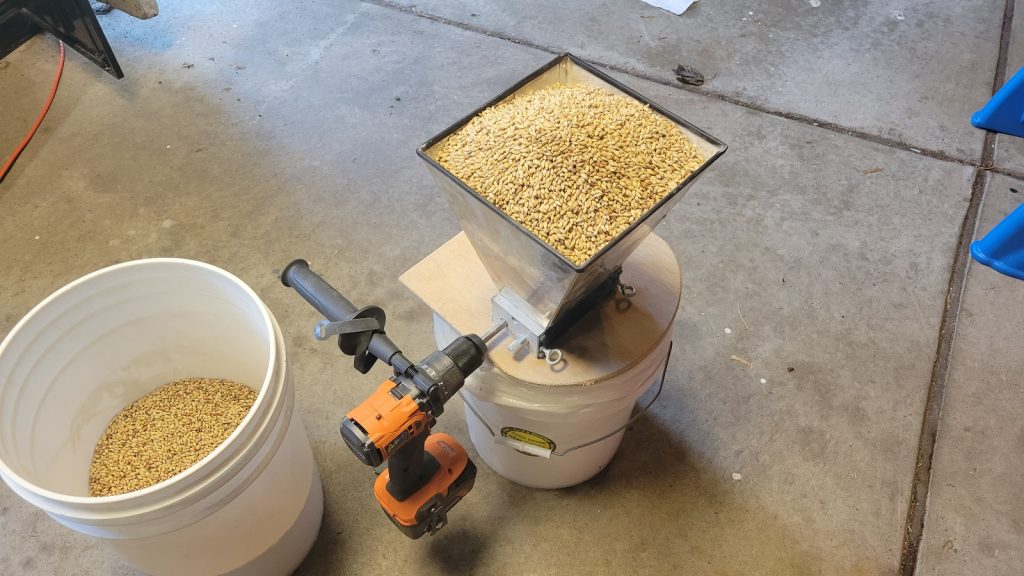
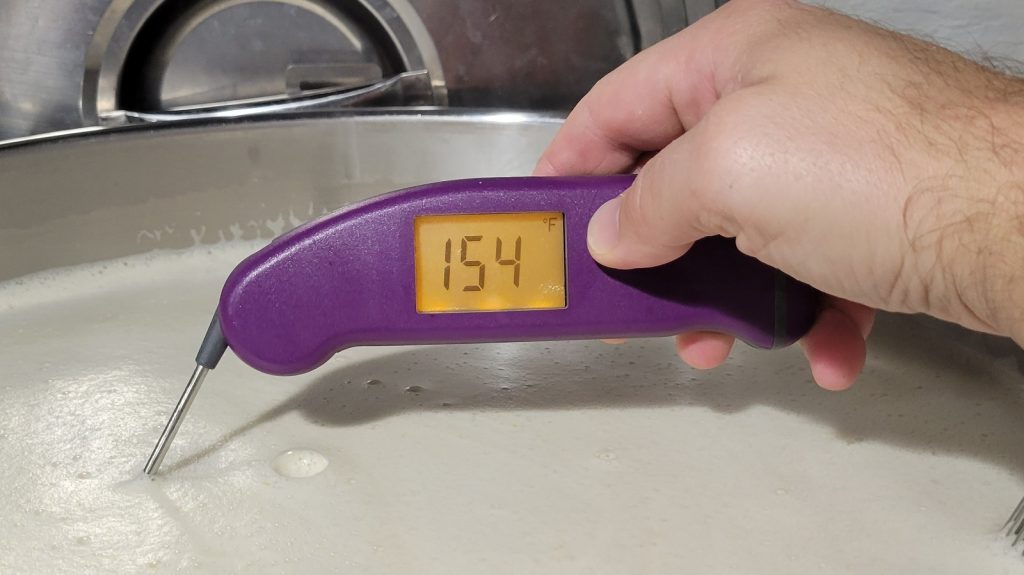
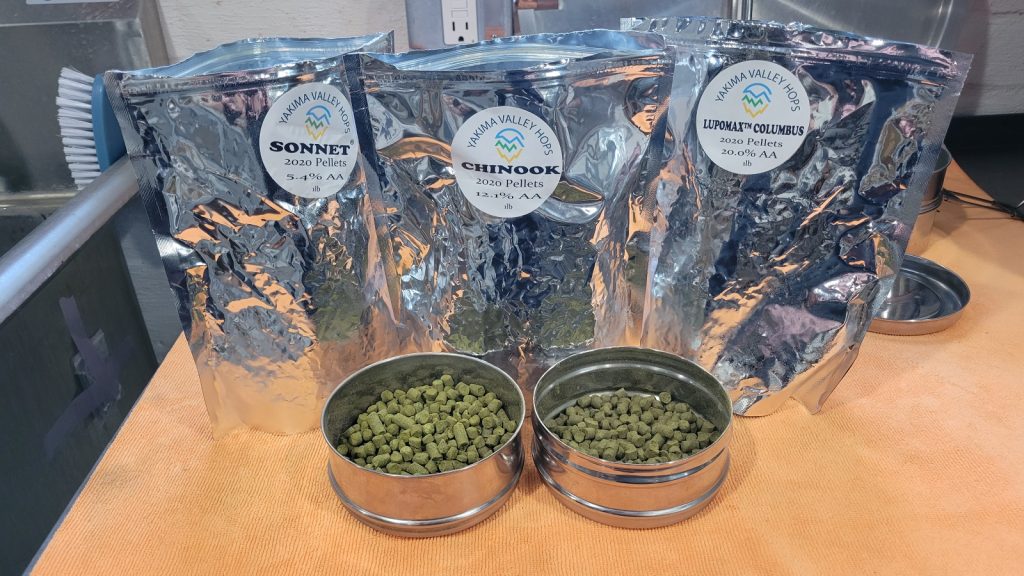
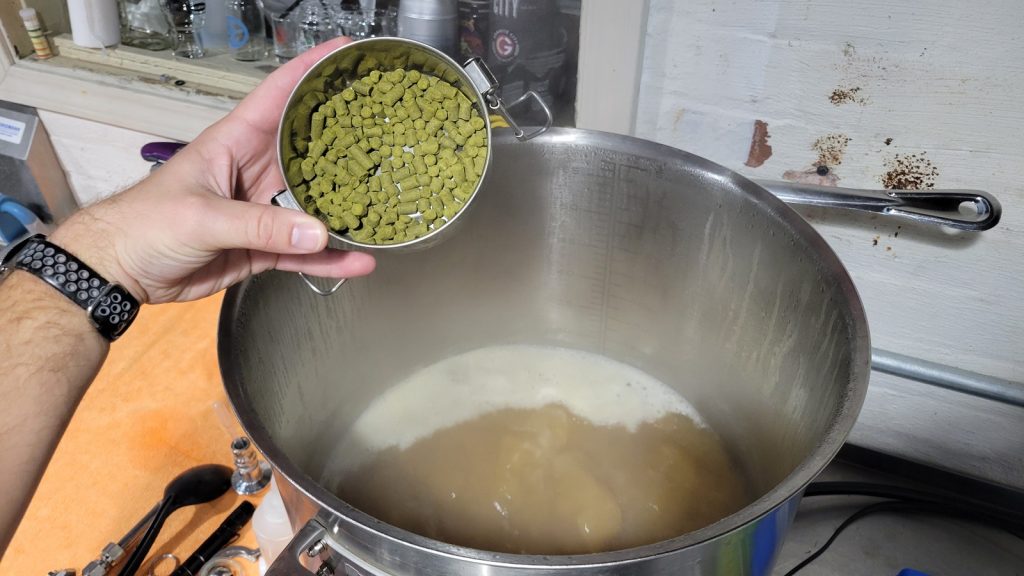
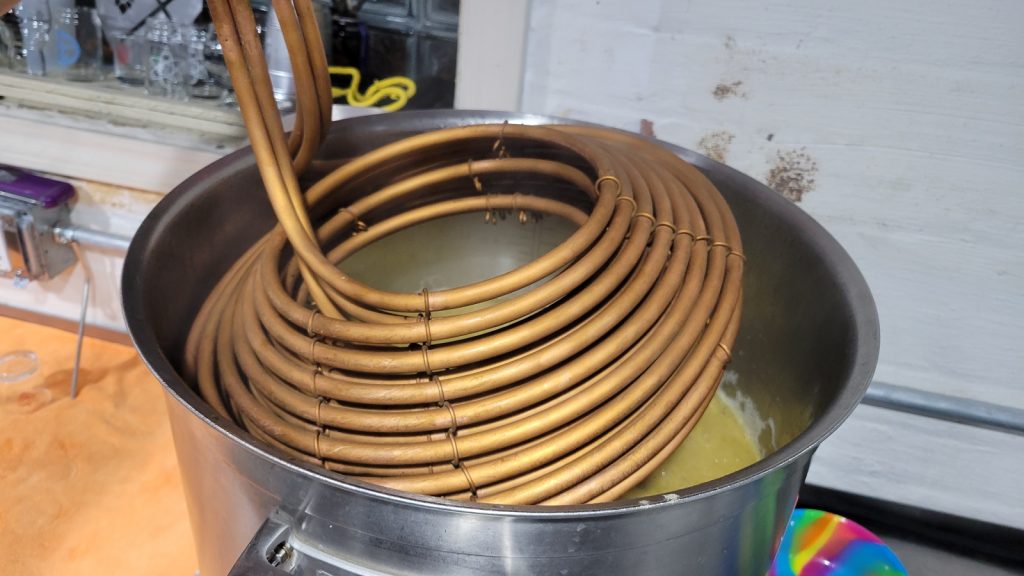
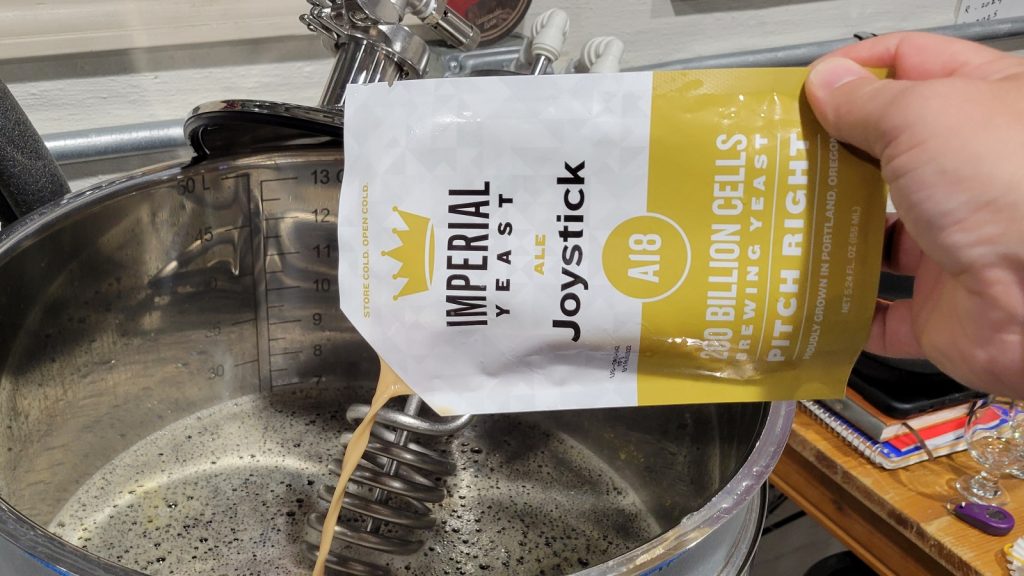
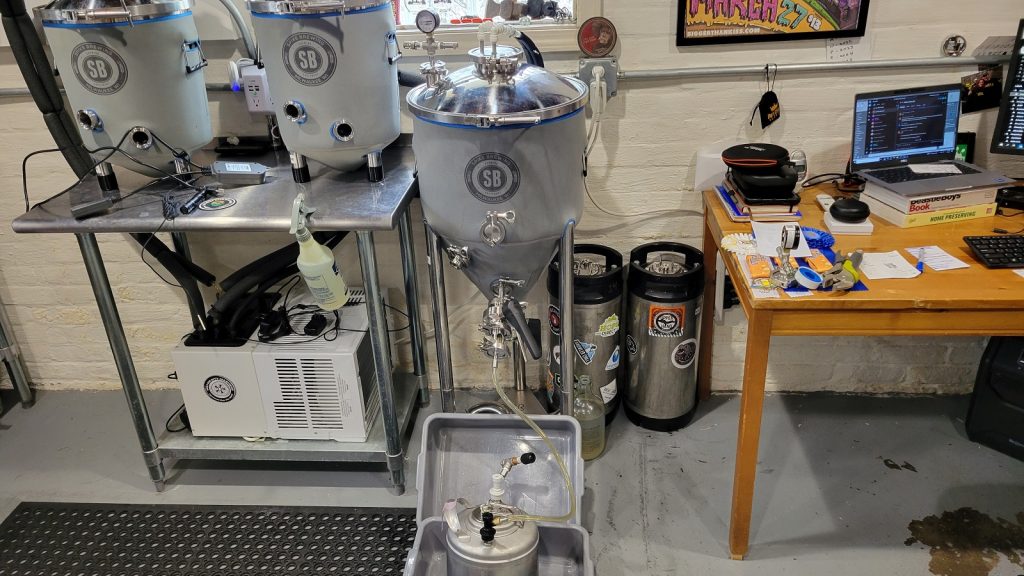
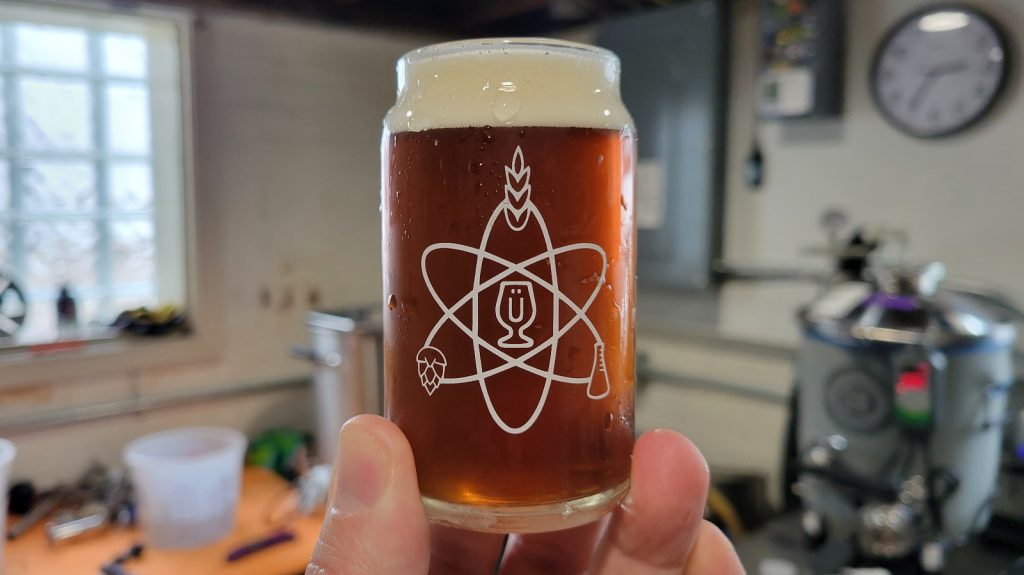
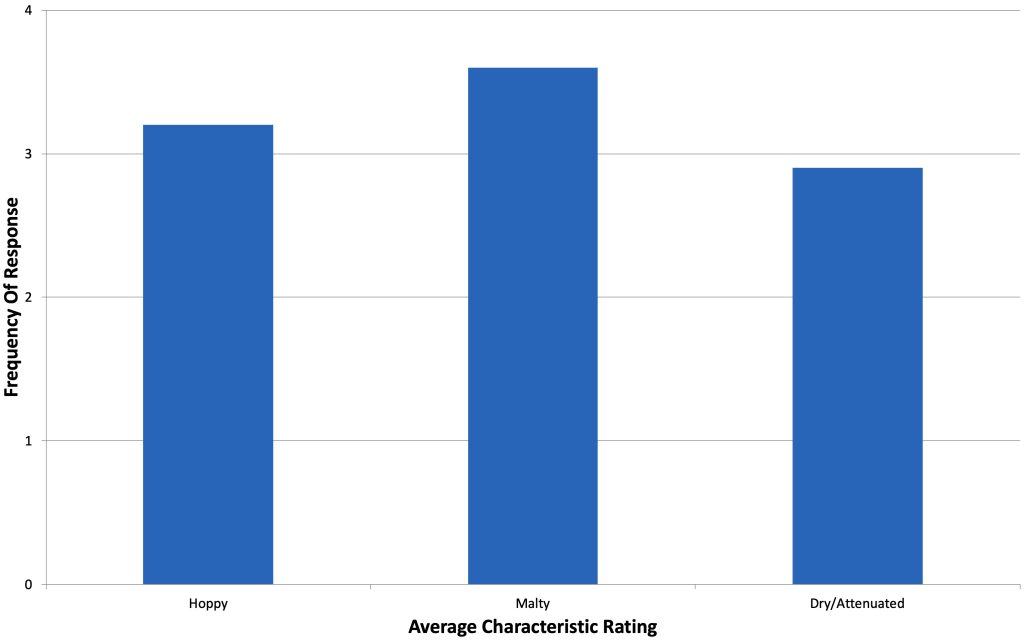
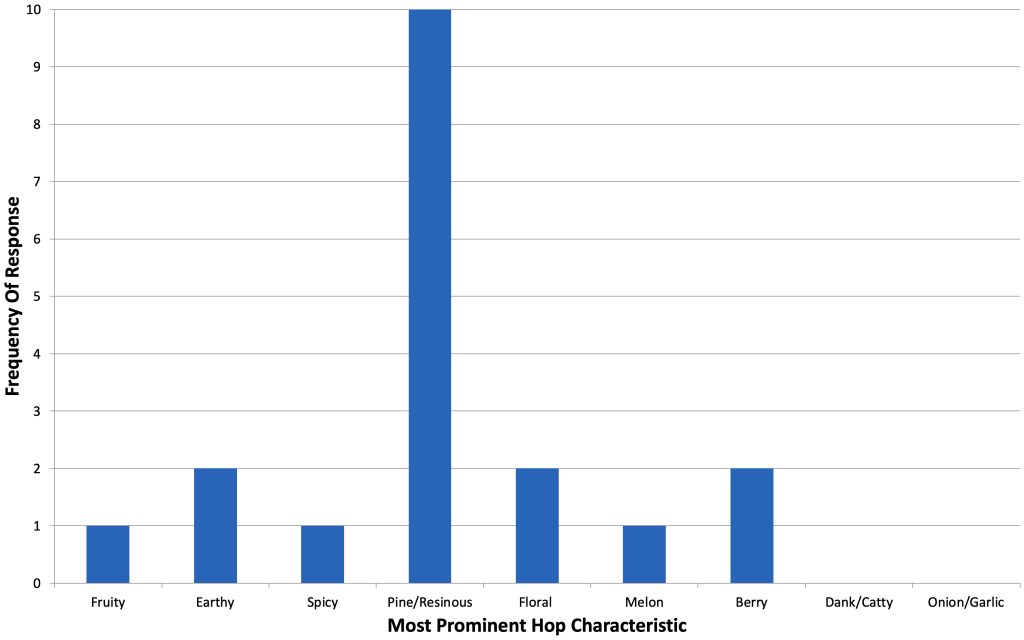
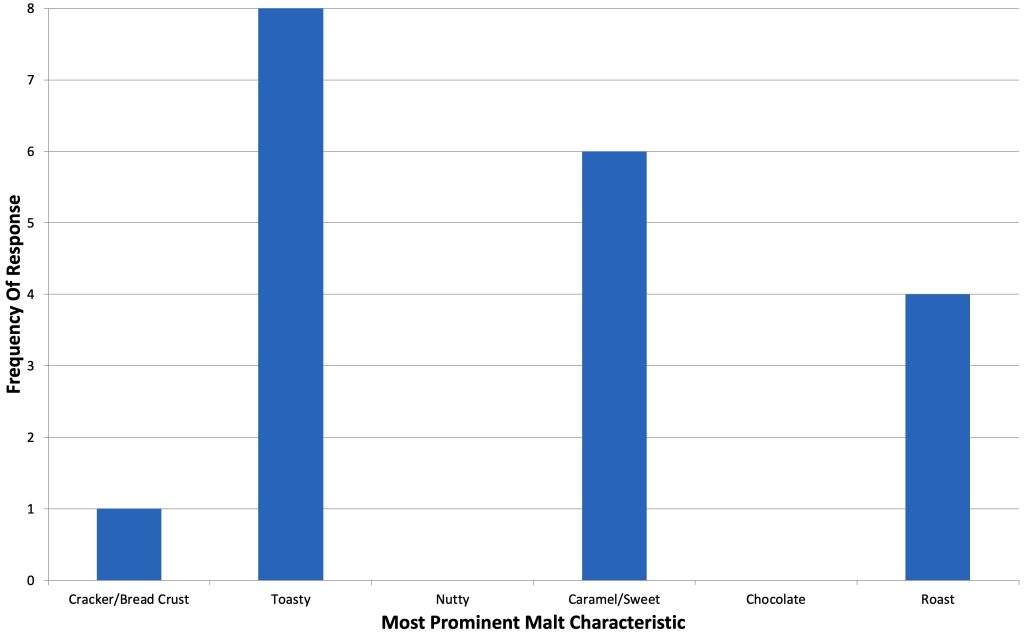
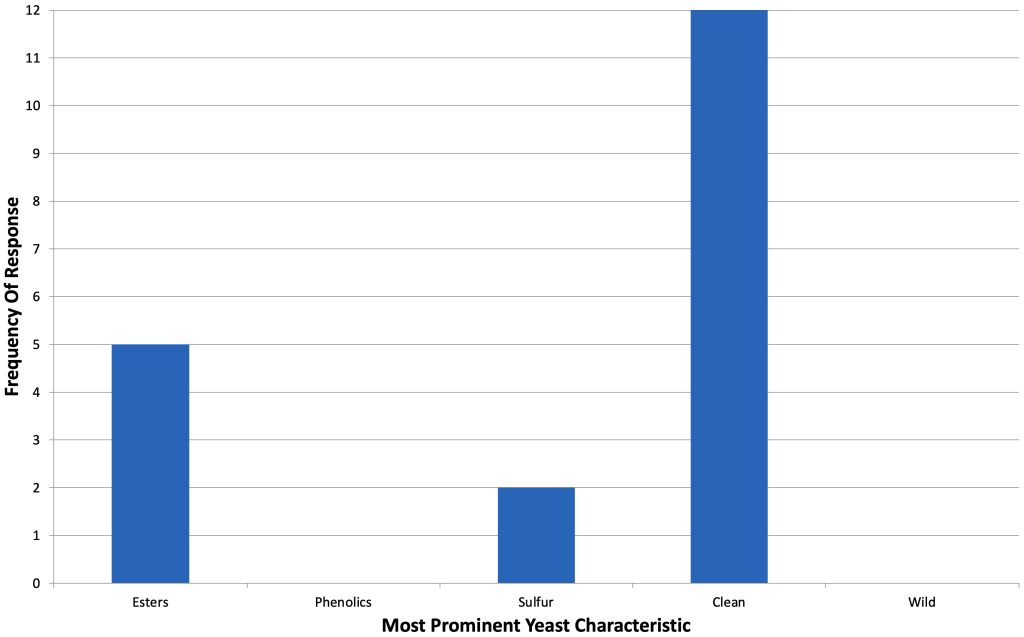
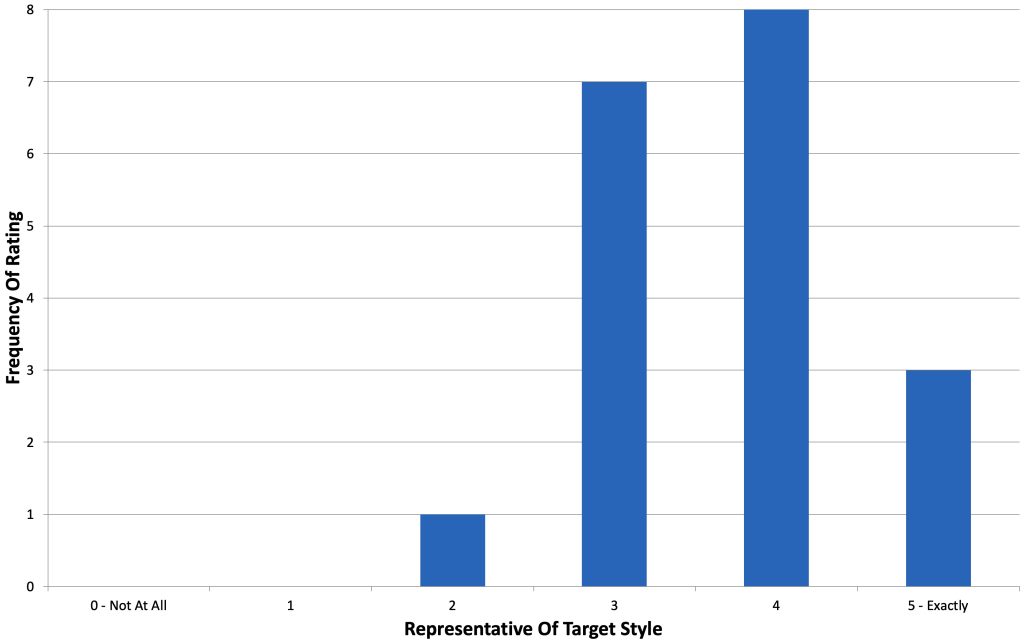
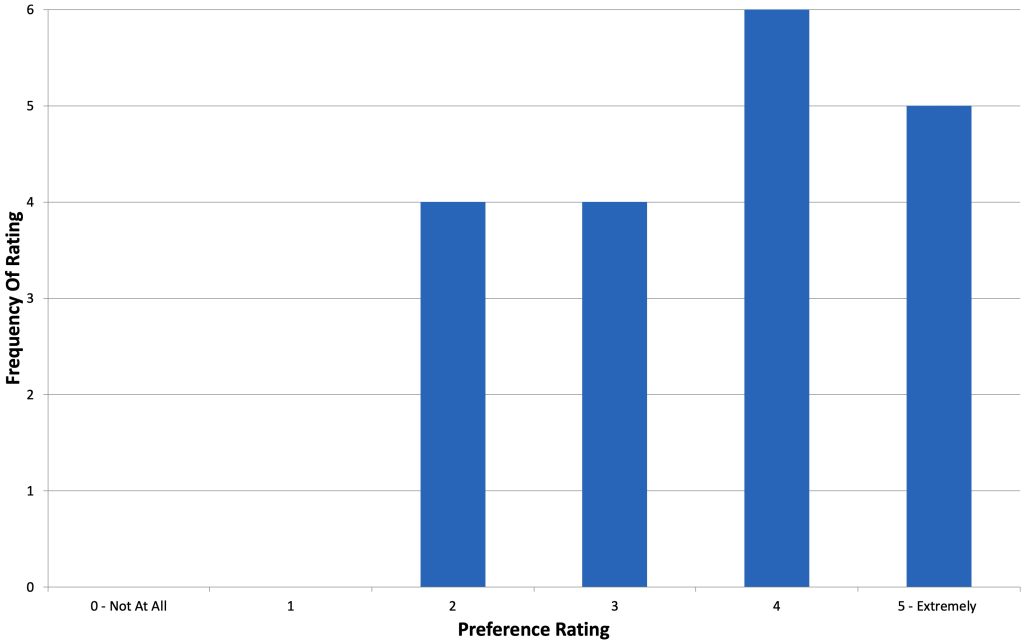











4 thoughts on “Short & Shoddy | American Strong Ale”
Seems like to would have been better not to tell the tasters anything about the beer. Too much information gives them an expectation of what to expect. No information would give you an honest opinion of the brew.
May I ask where you get your fermentables? I’ve been brewing for 20 years and some of these ingredients I’ve never heard of like Opal 22: Graham and Cocoa Malt.and Vanora Vienna-style Barley Malt. Are these European malts or do I need to find a better source for grains here in the U.S.?
Mecca Grade Estate Malt (in Oregon)
https://mecca-grade-estate-malt.square.site/
So cool you did American Strong Ale! It’s a style I love that we unfortunately don’t see much of anymore.
PS – How are those Sonnet hops? IIRC they’re American-grown EKG. I’ve always wanted to try them.